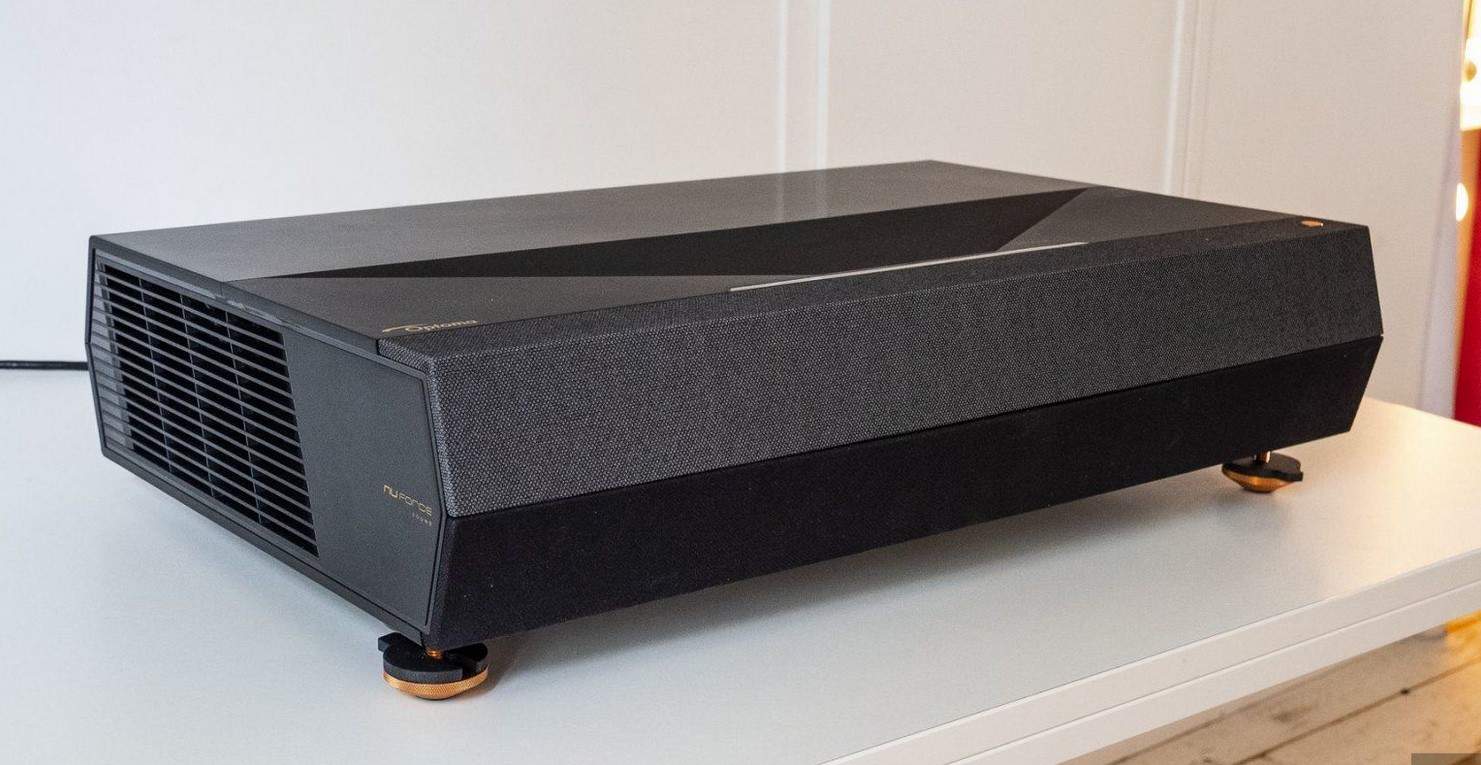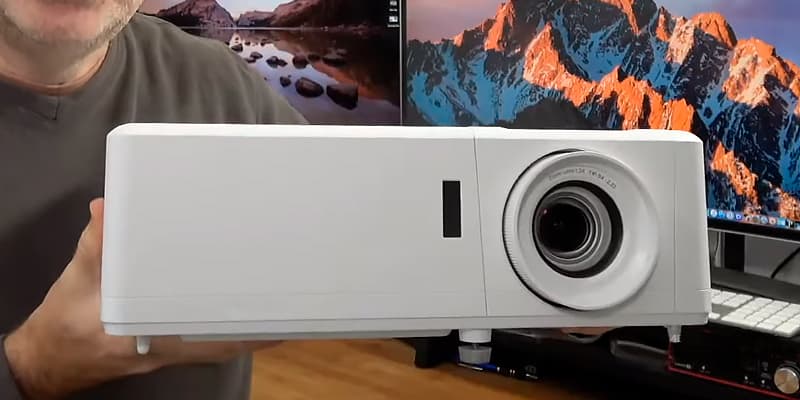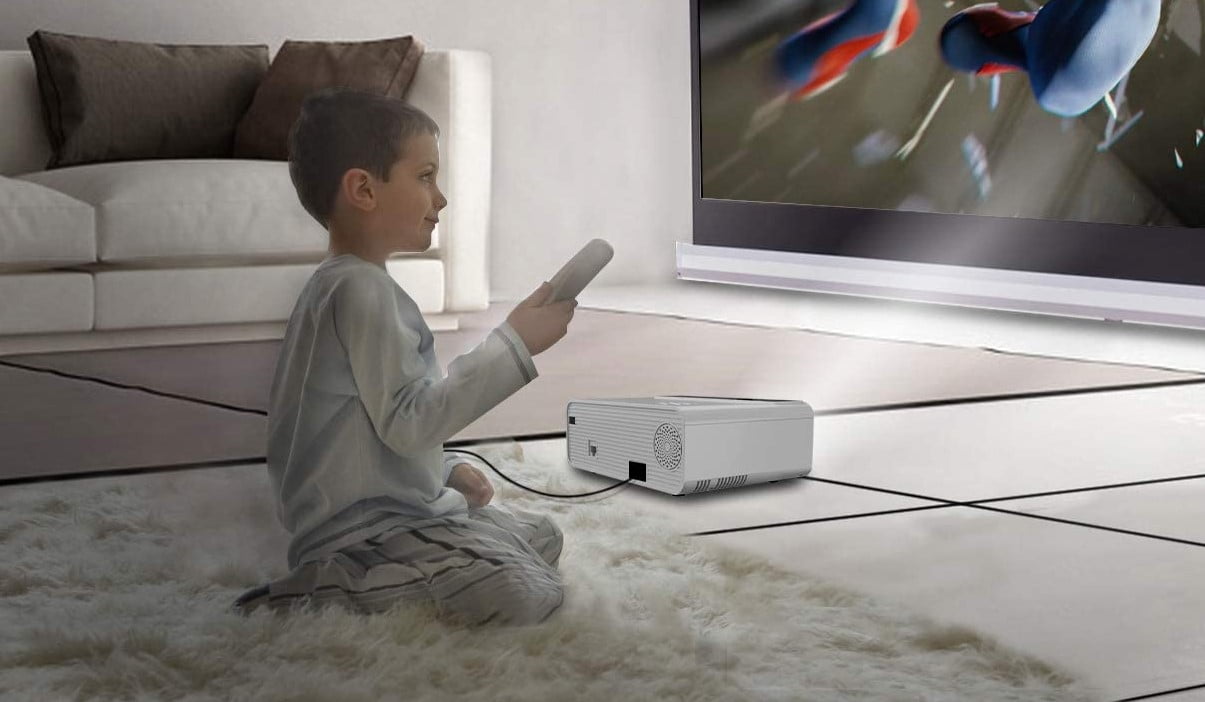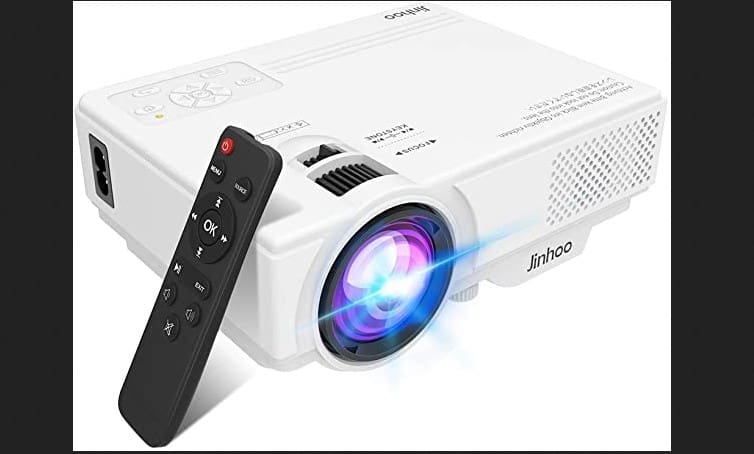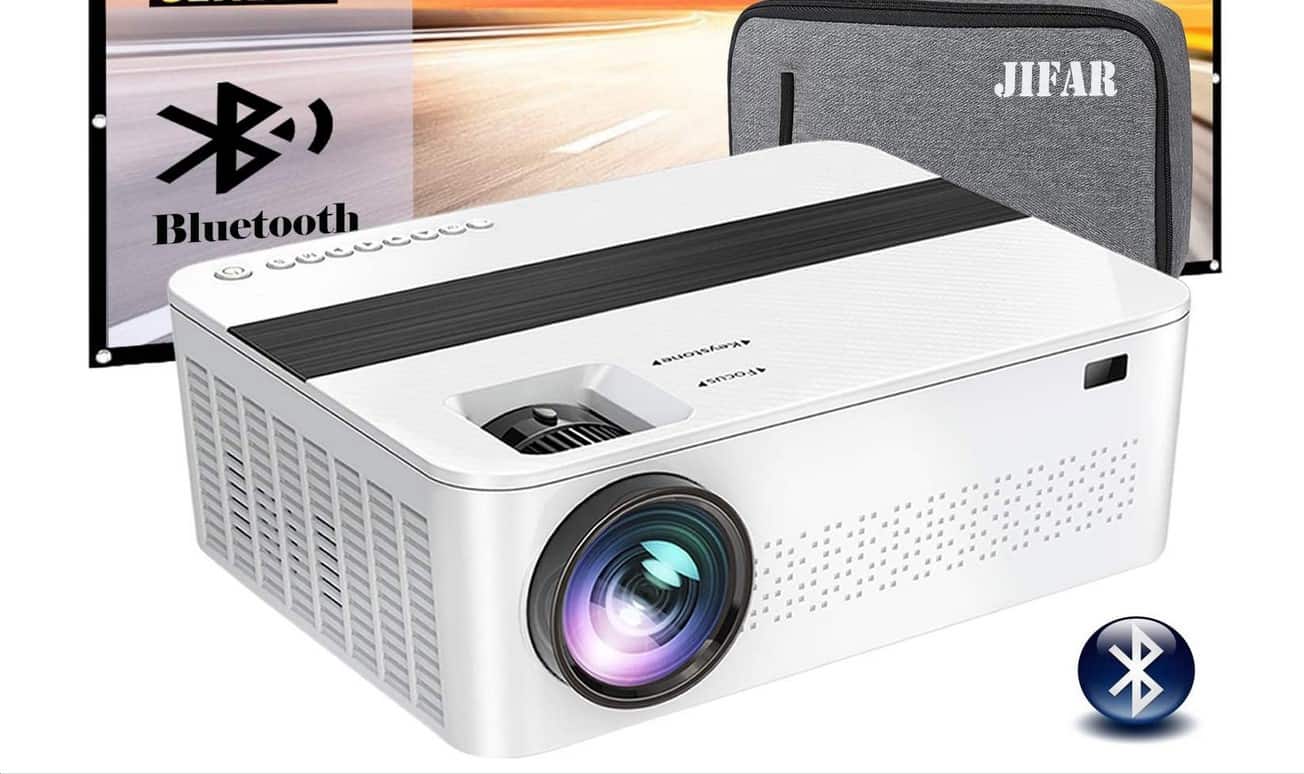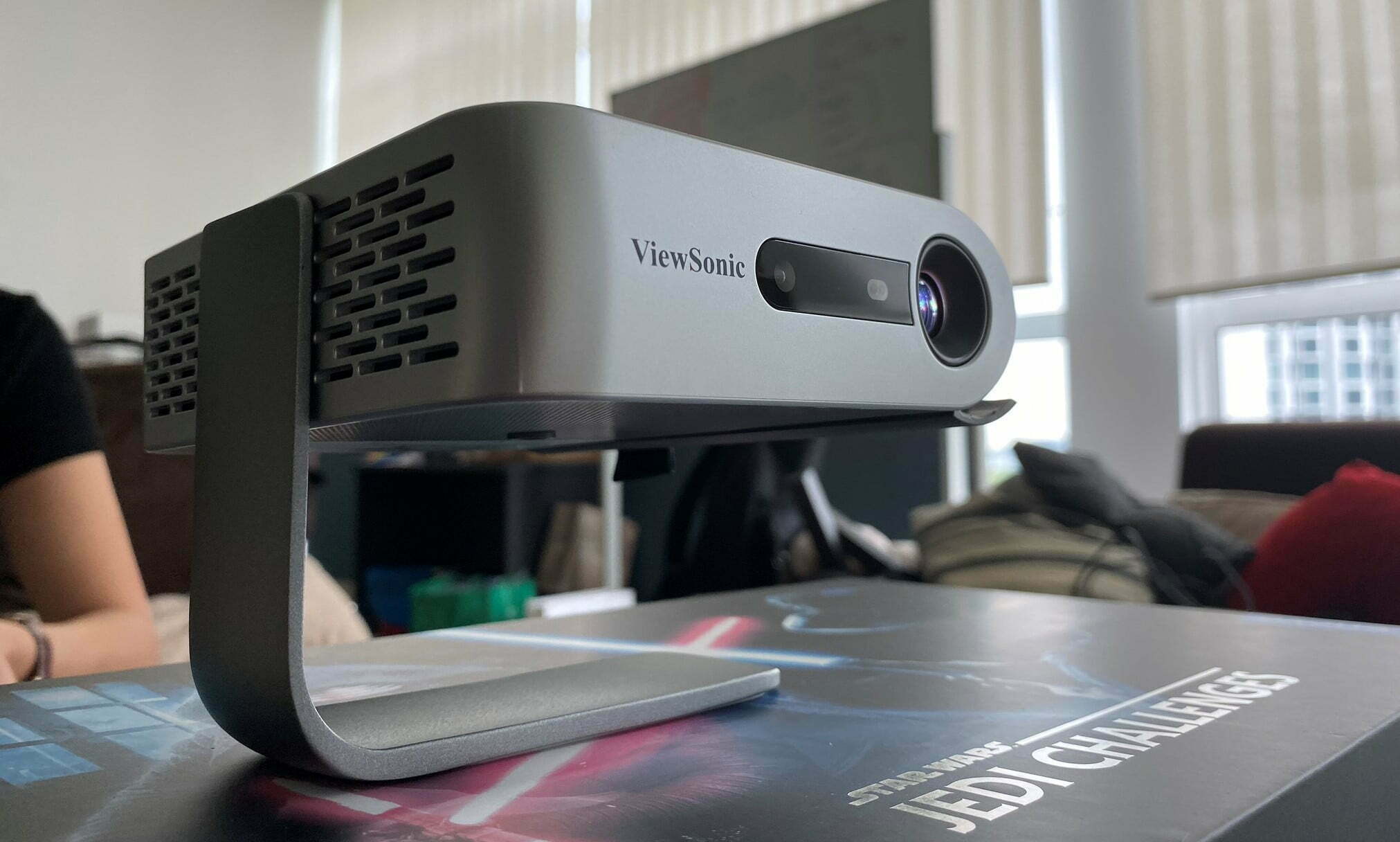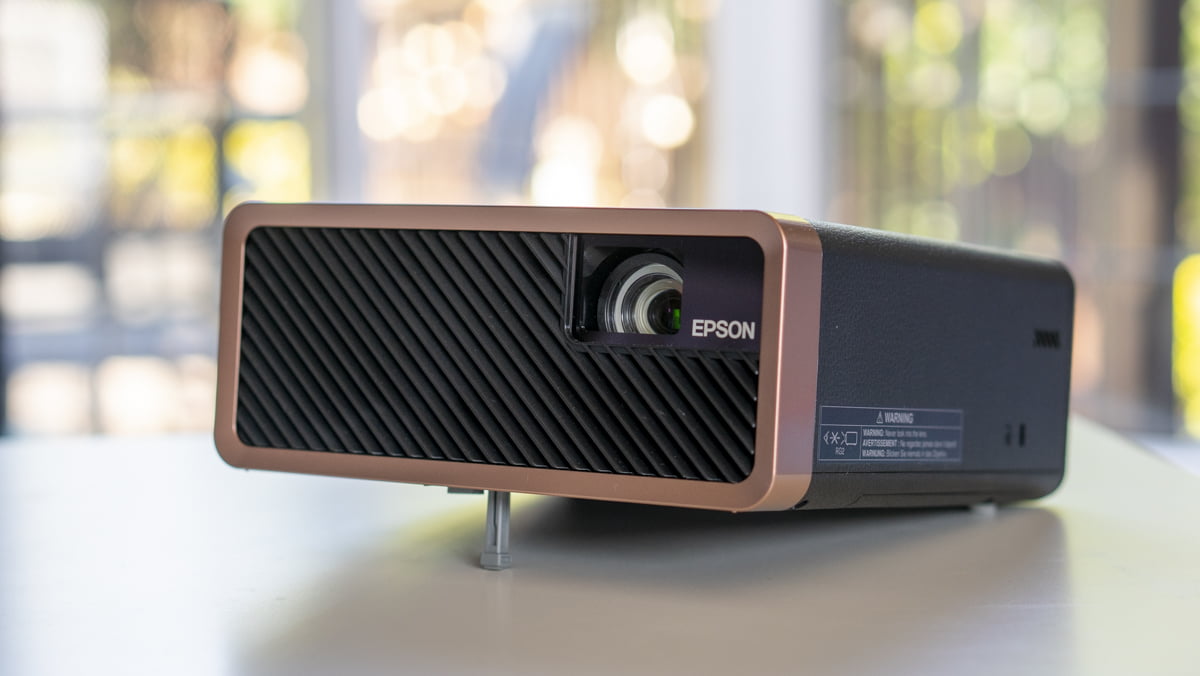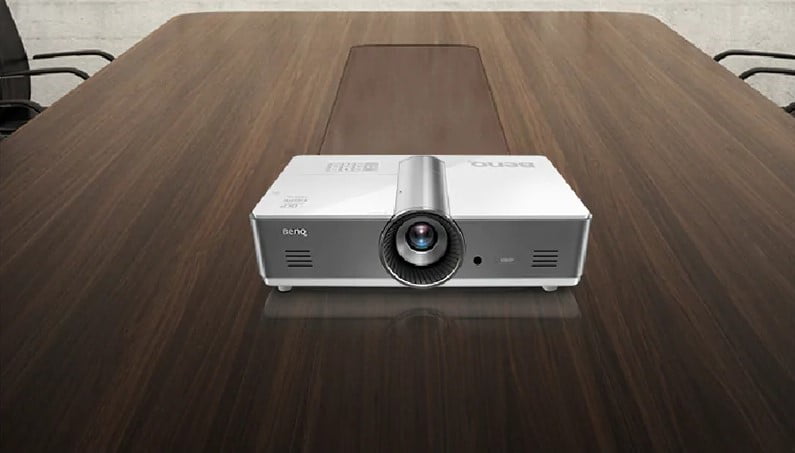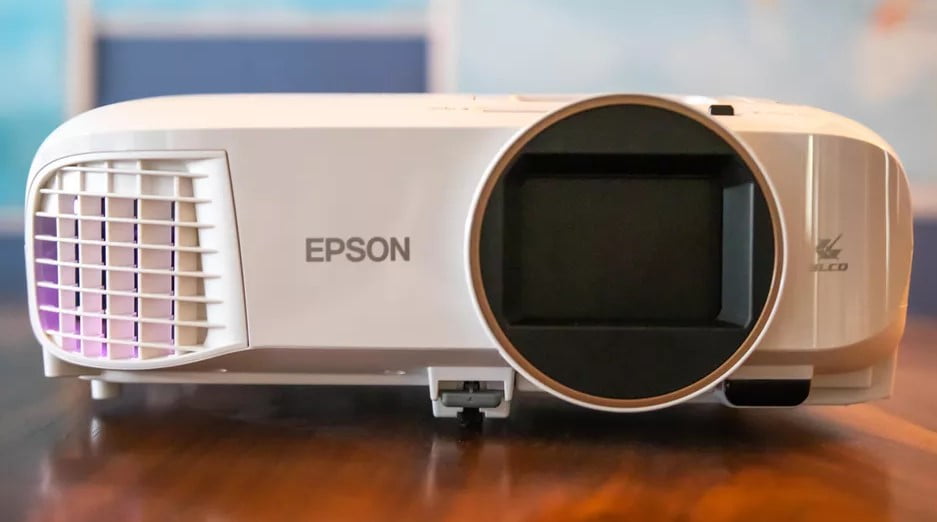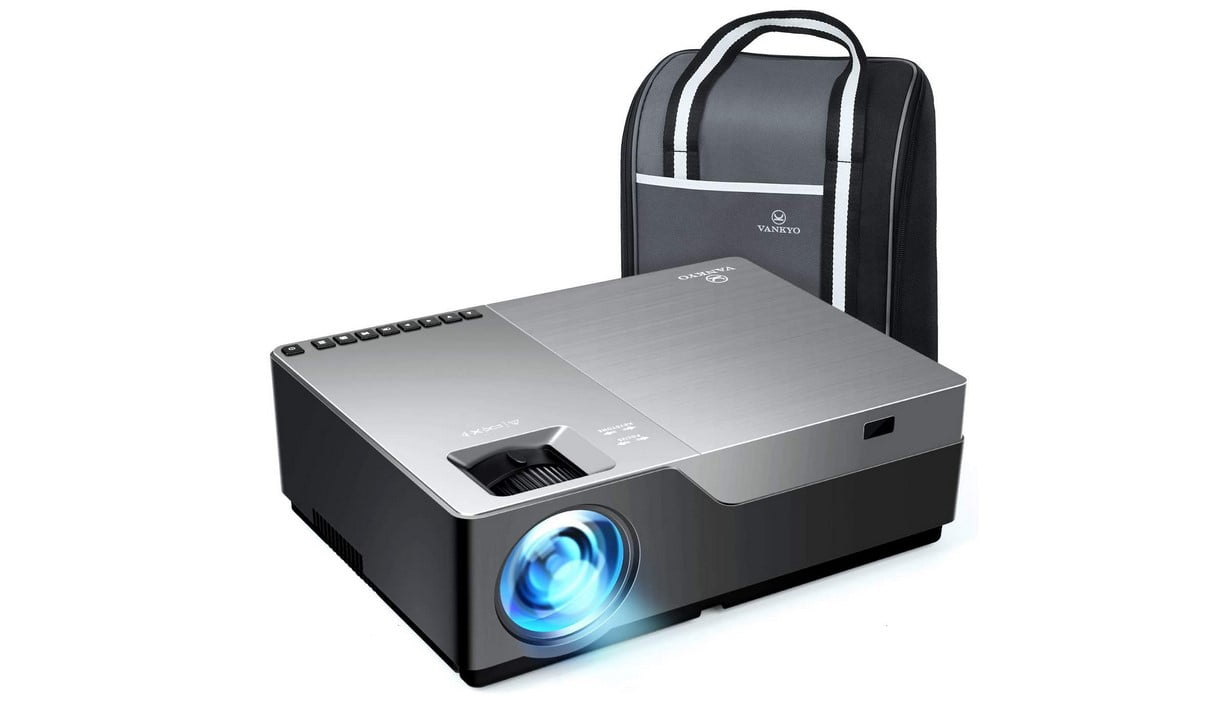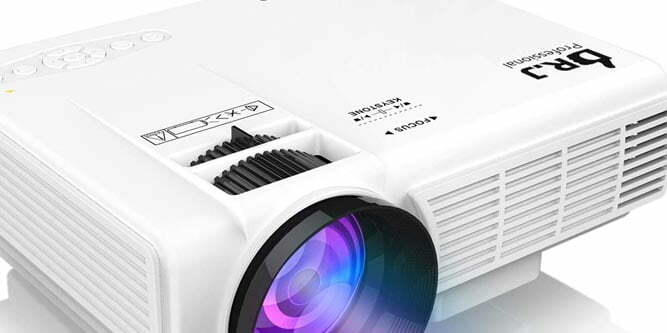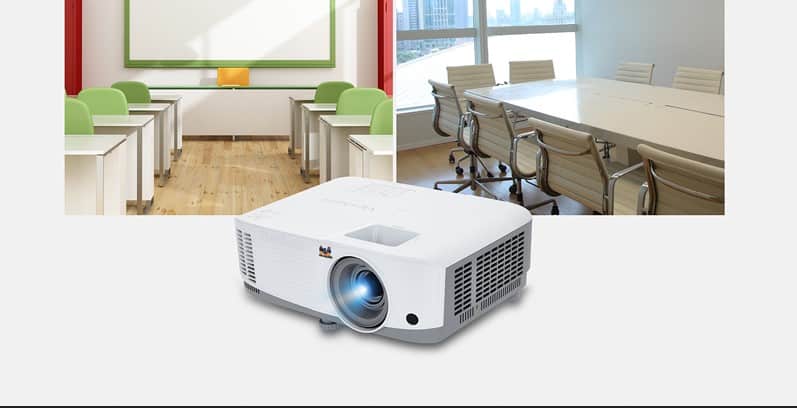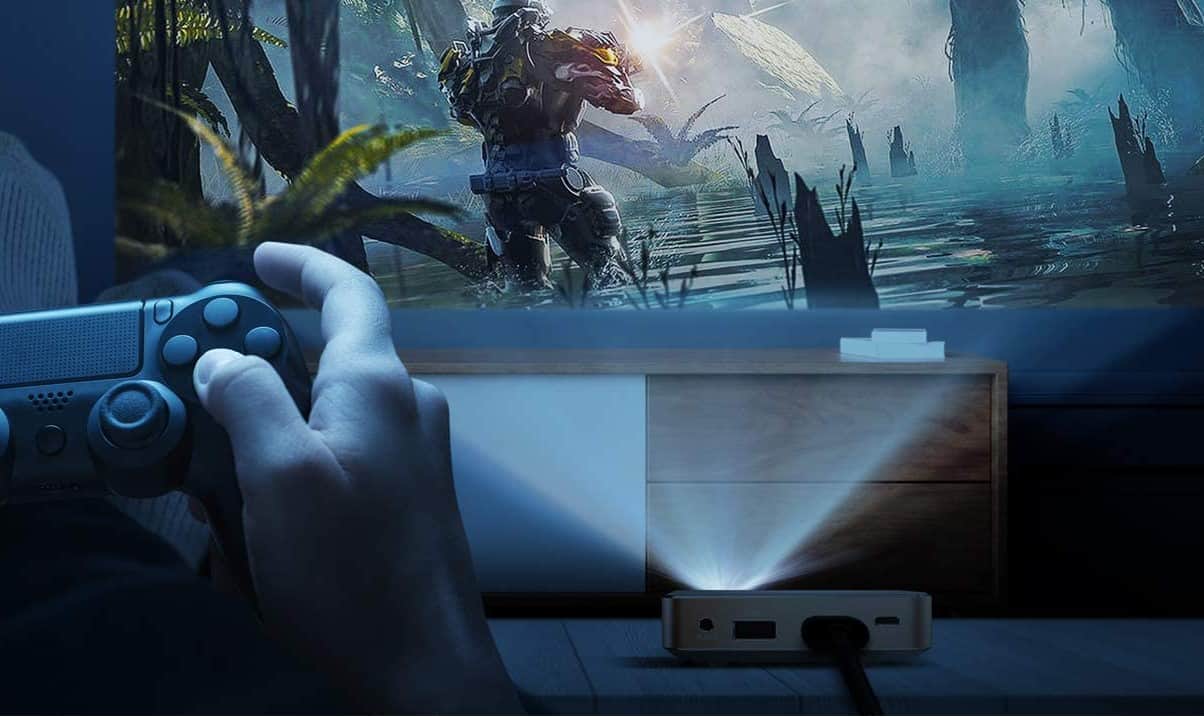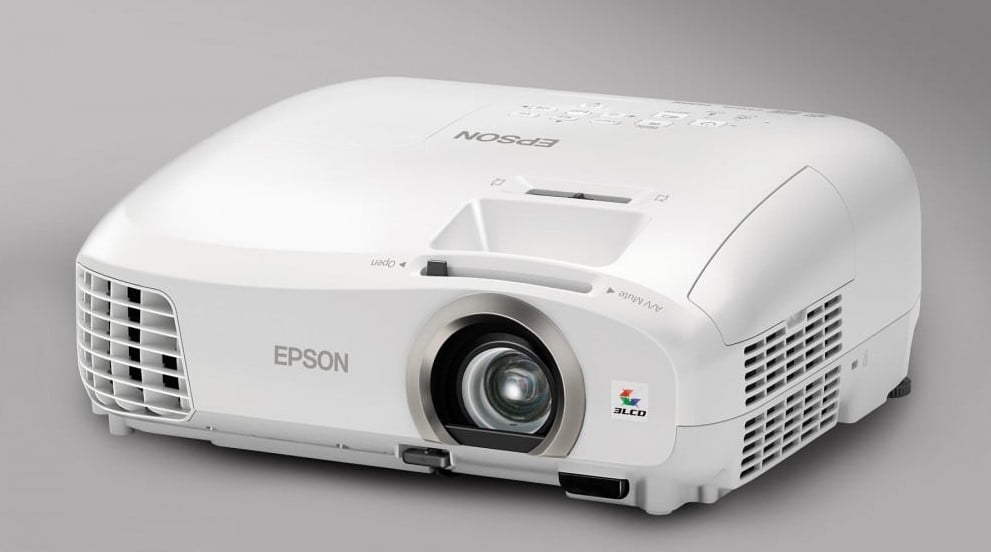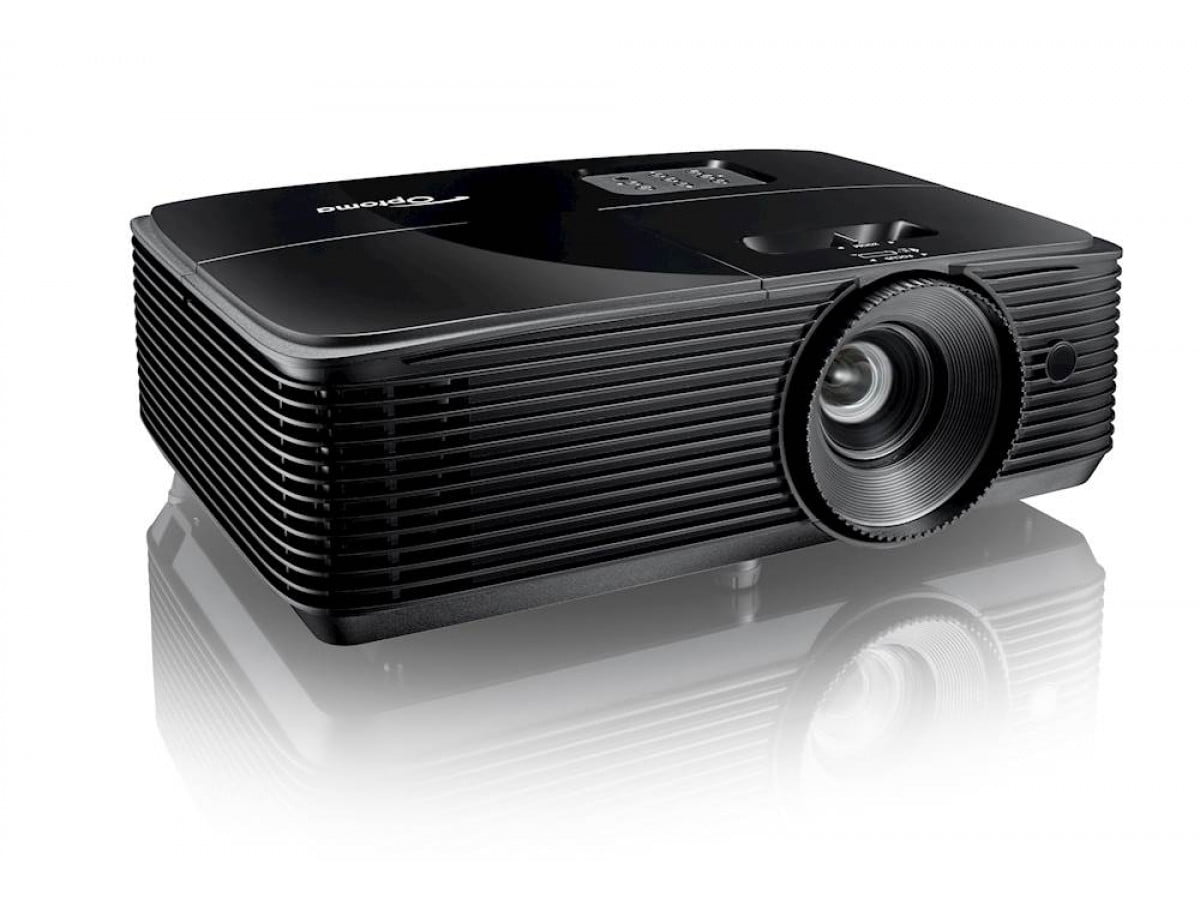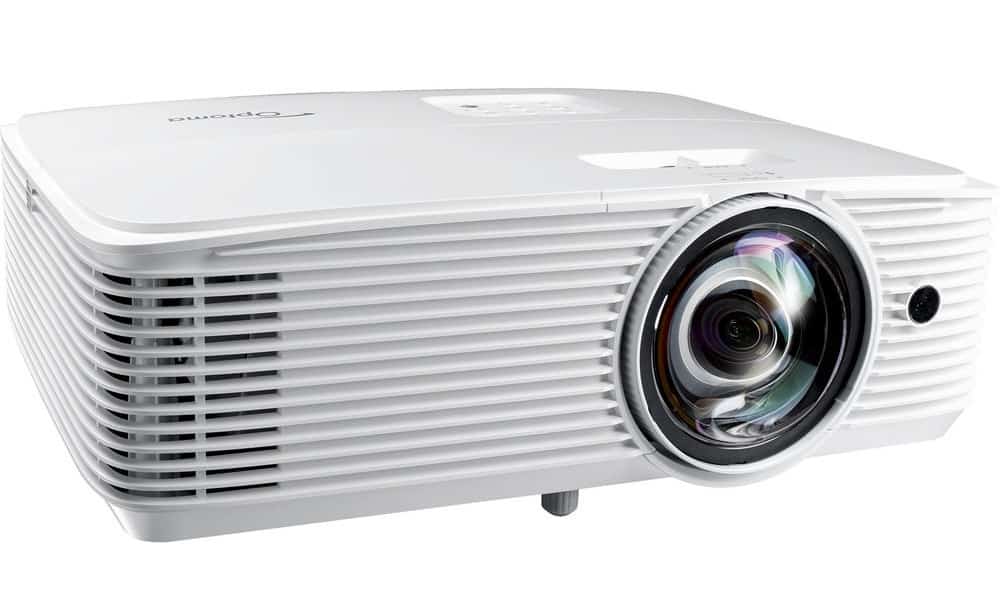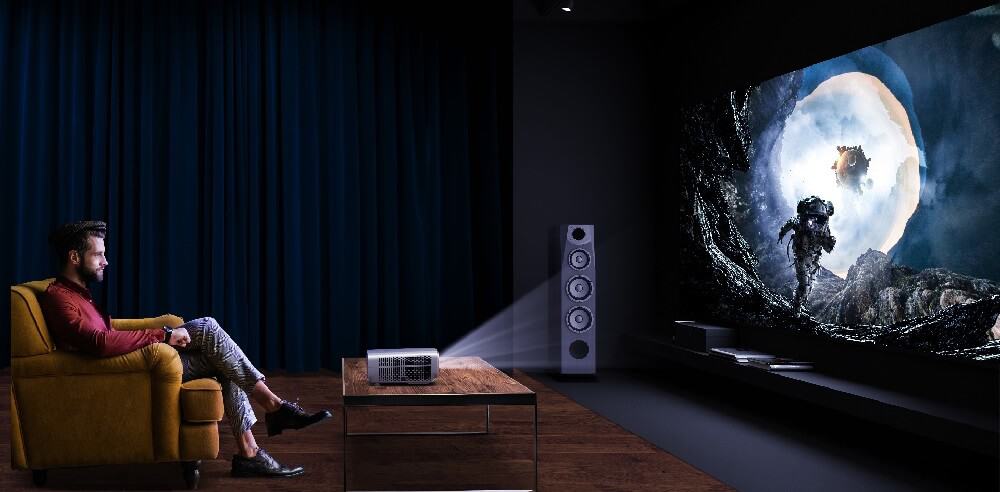When asking yourself, “How high should you mount a projector?” it is essential to remember that installation for theater projectors can be expensive. You don’t want to mess up and have to move your projector screen to an undesirable location, like outside to use with your homemade outdoor movie screen, because of poor picture quality. Your best bet is to place your projector screen first and then use the throw ratio equation to place your projector. You’ll have to make certain adjustments based on the type of projector you have, like a laser projector. Even the best projectors require this process to display sharper images from your video source fully.
KEY TAKEAWAYS:
- Figuring out how high you should mount your projector begins with figuring out the throw ratio, which is a simple equation anybody can solve. Plus, adjusting the zoom on the projector can help, too.
- Figuring out the throw ratio will give you an offset range that shows the maximum and minimum distance you can mount your projector.
- Factors such as aspect ratio, what size screen you have, and ambient light all come into play when dealing with projector mounting height.
Determining the Height of Projector Mounts
The question, “How high should you mount a projector?” comes when you’re ready to buckle down and invest in your perfect projector and you’re ready to hook up the projector. When it comes to screen size, projector positioning matters a lot. The two are intrinsically related. Image quality is dependent on proper placement, so follow the article below carefully. This is only for front projection systems. Unsure if your projector makes front or rear projection? We have a great article to answer the question, “Can all projectors do rear projection?”
Insider Tip
If you’re planning on filling a larger space with people, then a rear-projection arrangement will be your best bet for less distraction and an unobstructed view.
Explaining Vertical Lens Shift
A crucial part of modern projectors is their vertical lens shift. Projector positioning can be difficult. Once you’ve figured out the proper lens distance, you might still have issues with your image position. Vertical lens shift allows you to move the image’s vertical placement without moving the projector body. There is lens zoom to consider, which has a different function entirely. If you’re now wondering, “What does the zoom on a projector do?” then we have a great article explaining the topic.
Explaining Horizontal Lens Shift
Horizontal lens shift works the same way that vertical does, except that you’re able to move your projector right and left. This gives you better control over the image position without having to move your projector lens physically, especially if the projector is mounted on a camera tripod. When you’re mounting a projector on the ceiling, that’s a crucial quality. The installation costs of a ceiling-mounted projector are high. You don’t want to have it redone.
Determining the Throw Distance
The throw is determined by a few things, like projector screen size, light sources, the maximum distance between the projector and screen, and how to correctly hang the screen. If the projected image is blurry or out of focus, then the projector isn’t placed in the right spot. While contributing factors are at play, the throw ratio equation helps determine the range of distances appropriate for your setup.
How to Calculate Throw Ratio
The throw ratio has a couple of different equations that work. We’ll go with the simplified formula. The throw distance range shows how far away standard throw projectors must be from a screen to have a correct image size. The equation is D/W = T, where:
- D is equal to the distance from projector to screen
- W is equal to the width of your entire screen
- T is equal to the throw ratio
Warning
In order to use a rear-projection system, you’ll need to invest in a special projection screen and set-up.
F.A.Q.S
Is it practical to shelf mount any projector with a vertical lens shift?
No, because the wall you put your shelf mounting on might be too far away from the screen location. If you’ve calculated that it comes out to the range of exact distances required, go for it. Otherwise, stick with a ceiling-mounted projector.
How much does an ultra-short-throw projector cost?
You can expect to pay around $1,000 to $6,000 for an ultra-short-throw projector. This price will fluctuate depending on the projector model, as well as a few other factors.
How many lumens do you need for bright images?
Ambient lighting and the distance from the projector to the screen surface matter most when determining how many lumens you need. Generally, around 500 will be suitable for most situations.
Should my projector go on a shelf or the ceiling?
Ceiling mounts are an option that requires permanent installation. On the other hand, you won’t have to deal with anybody walking in front of your projector.
STAT: The shipment value of data projectors for offices in Japan was over 146 billion Yen in 2020. (source)

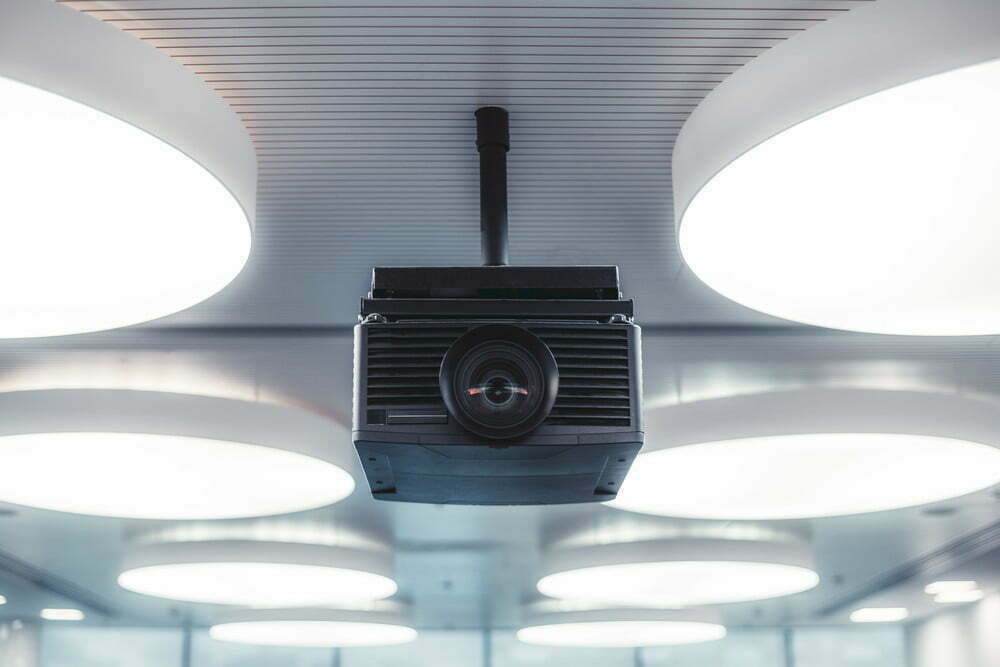














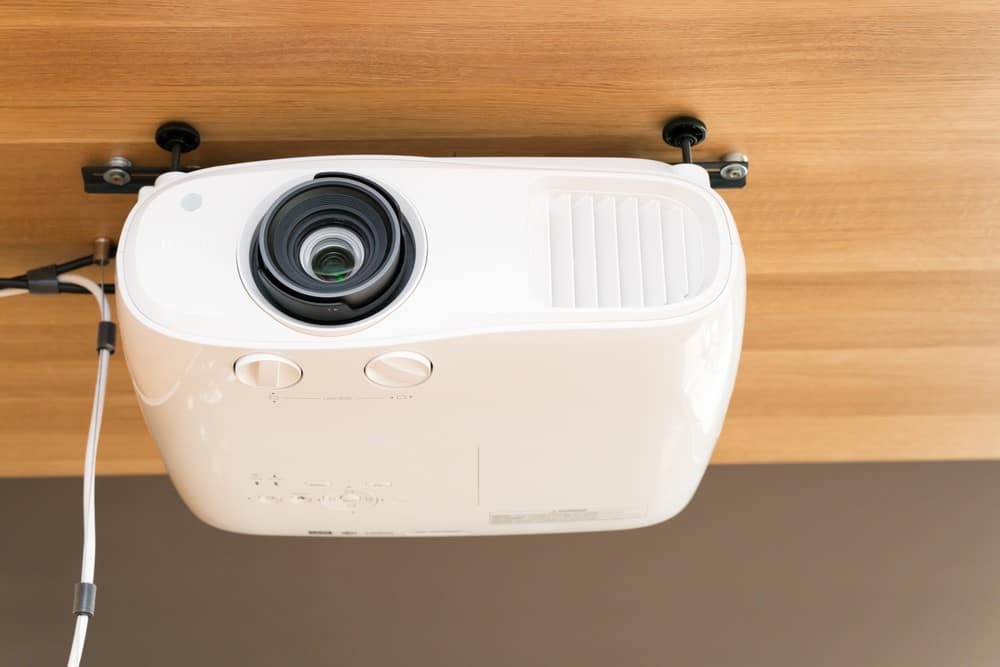
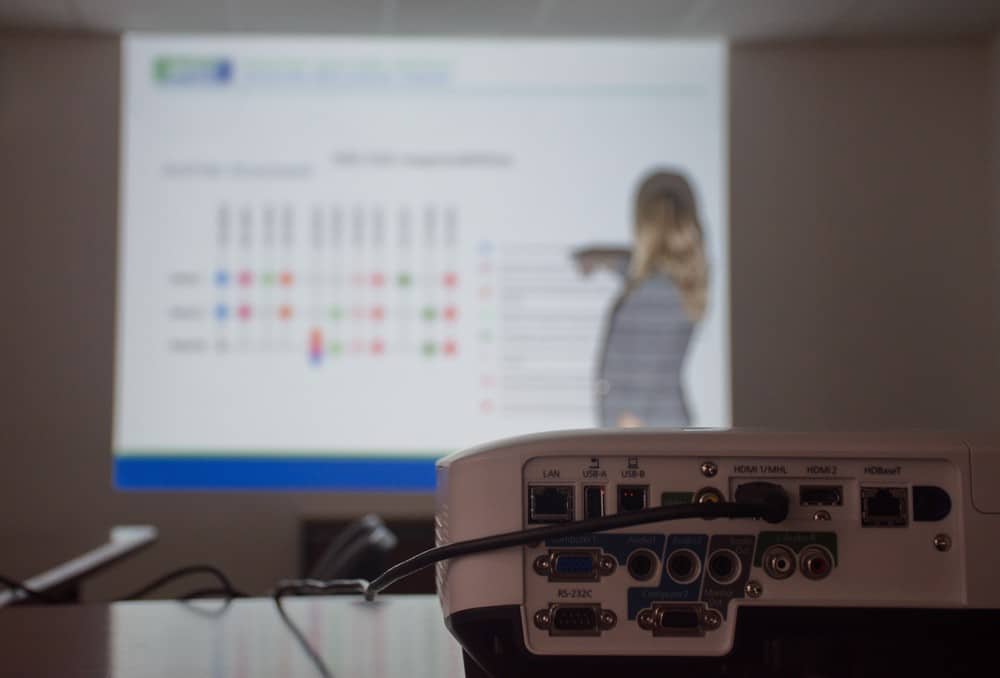



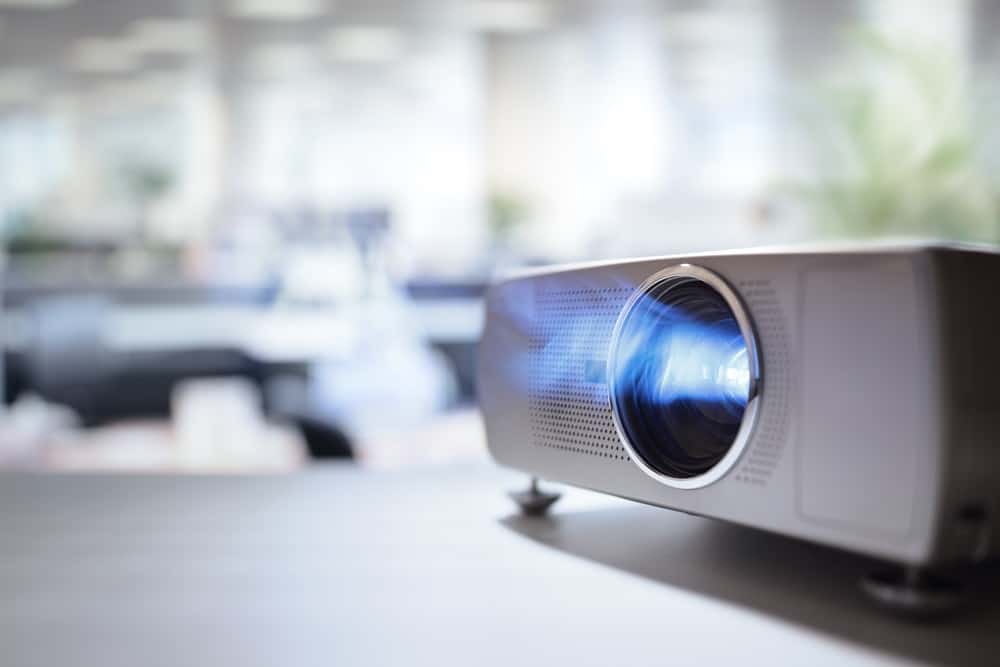
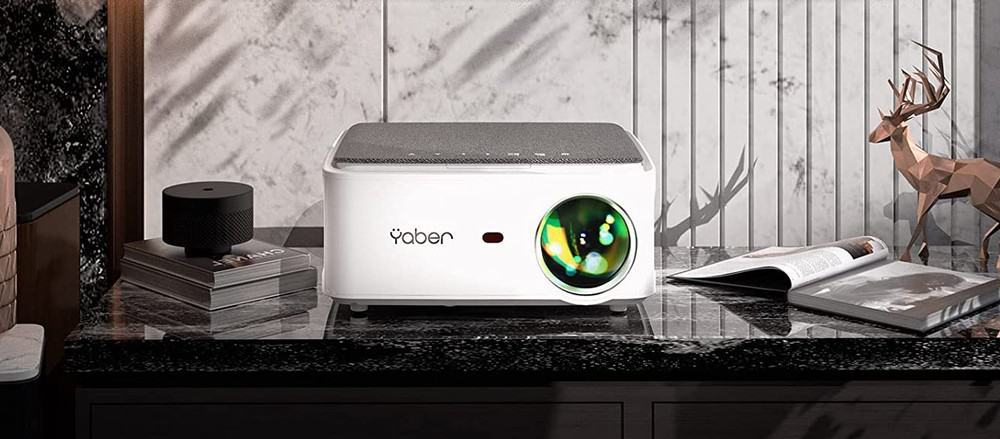

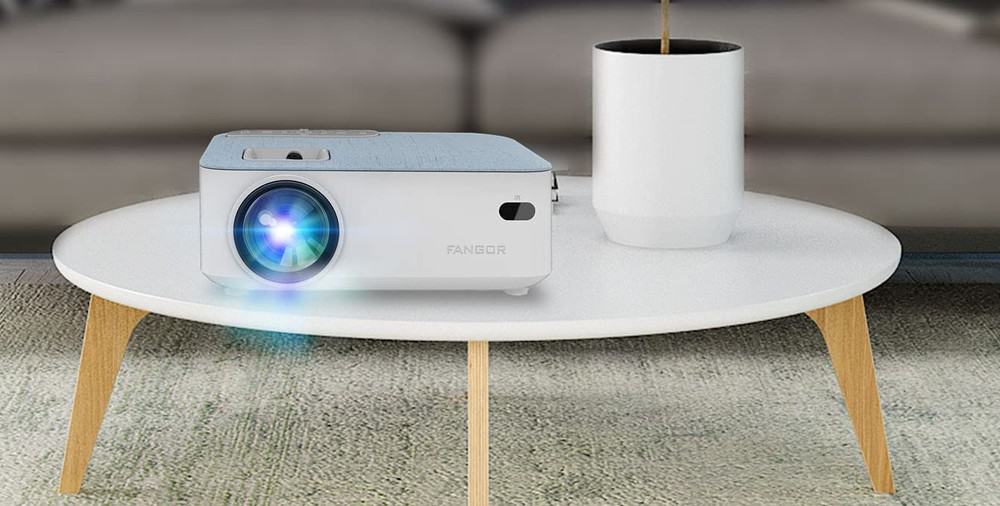

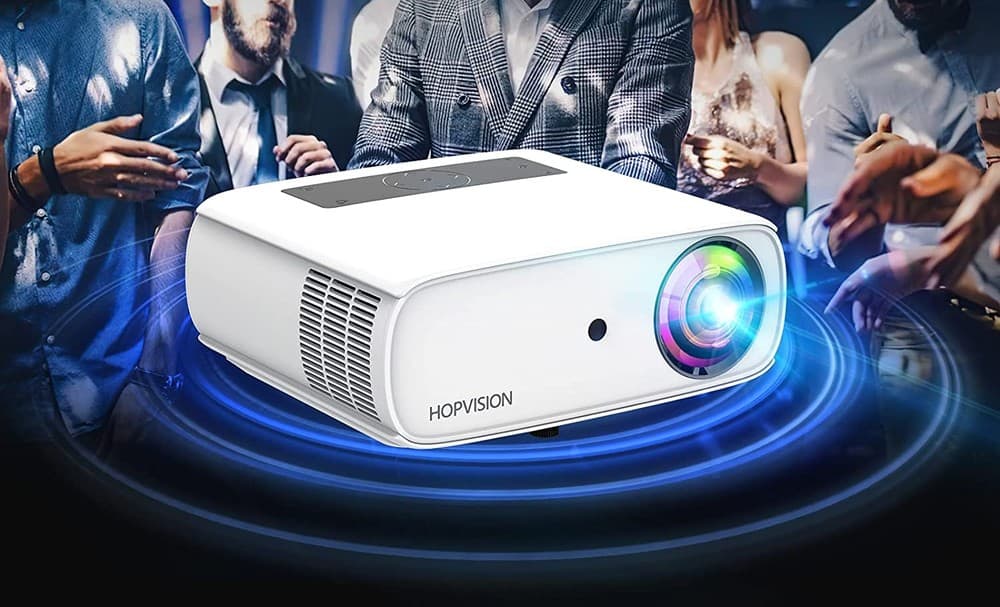

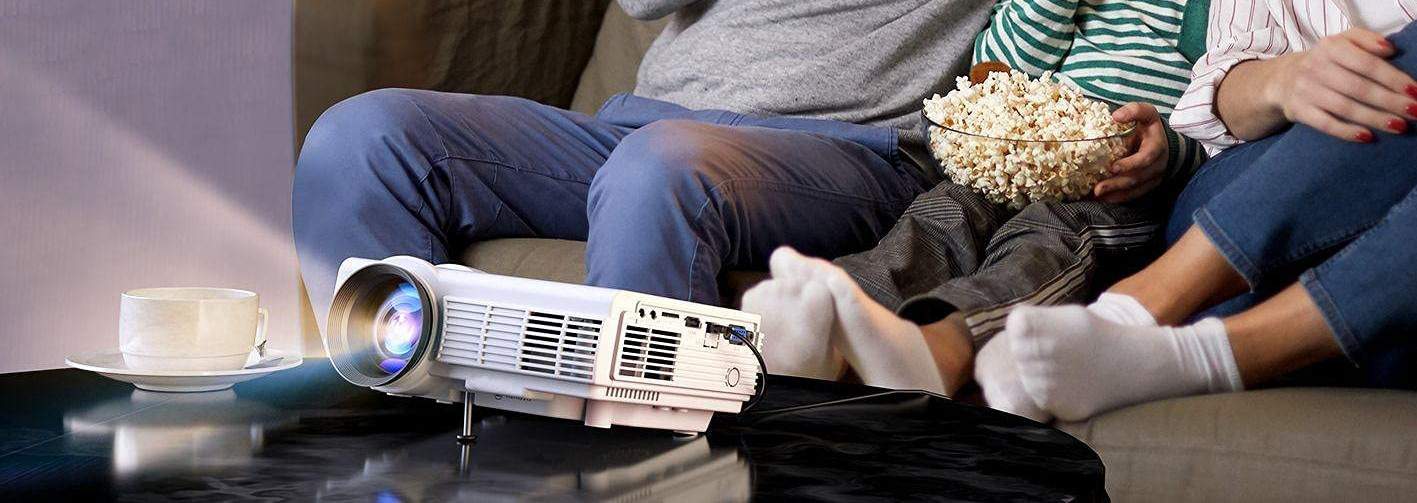

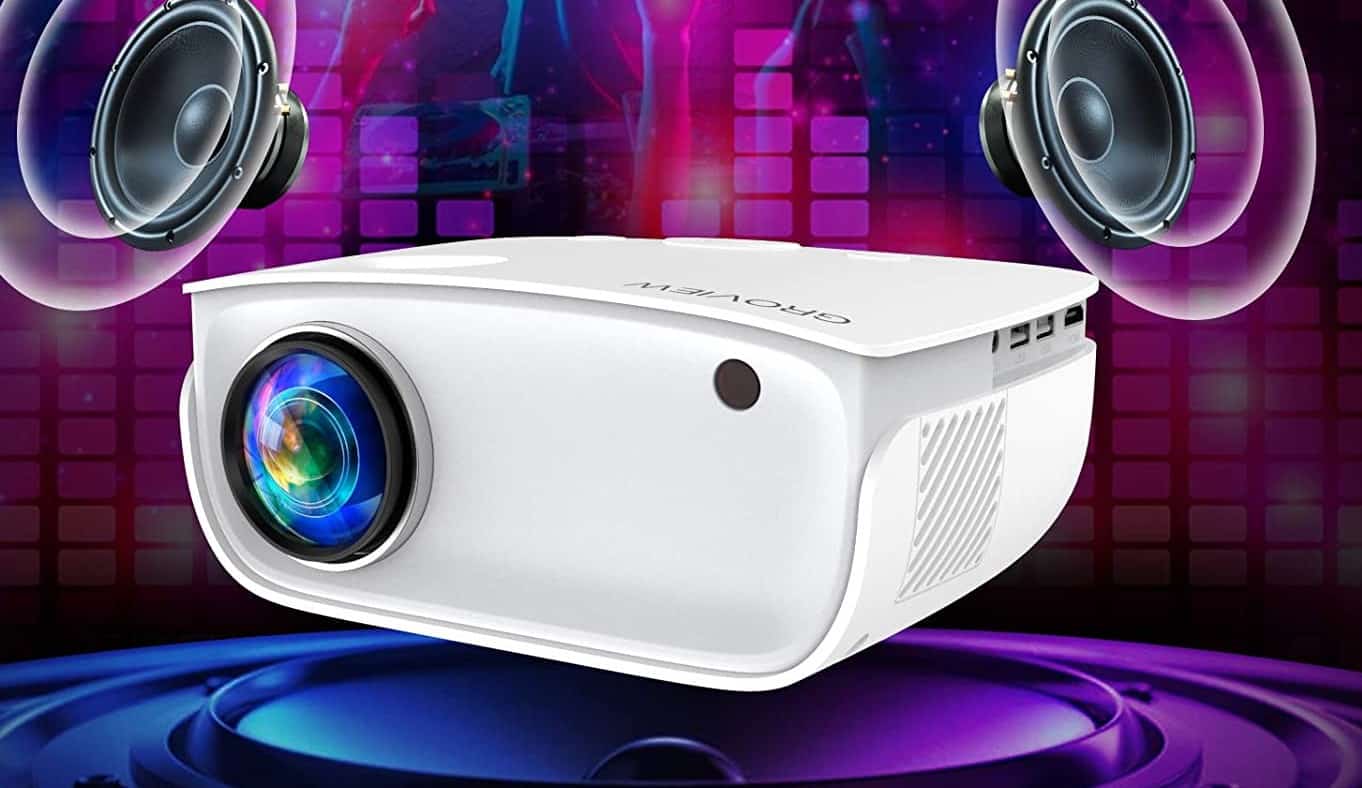
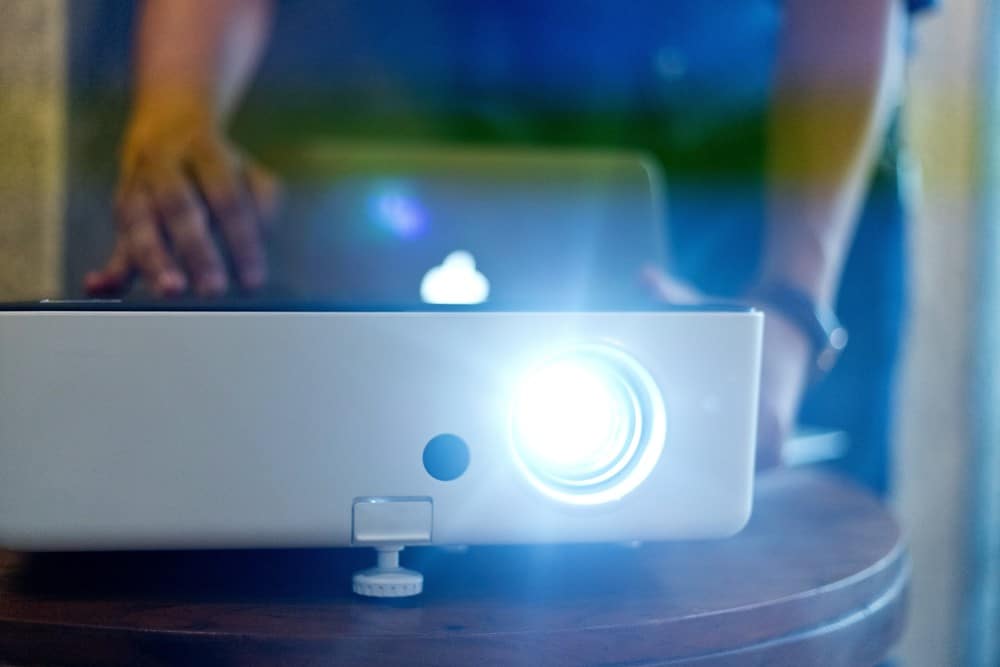

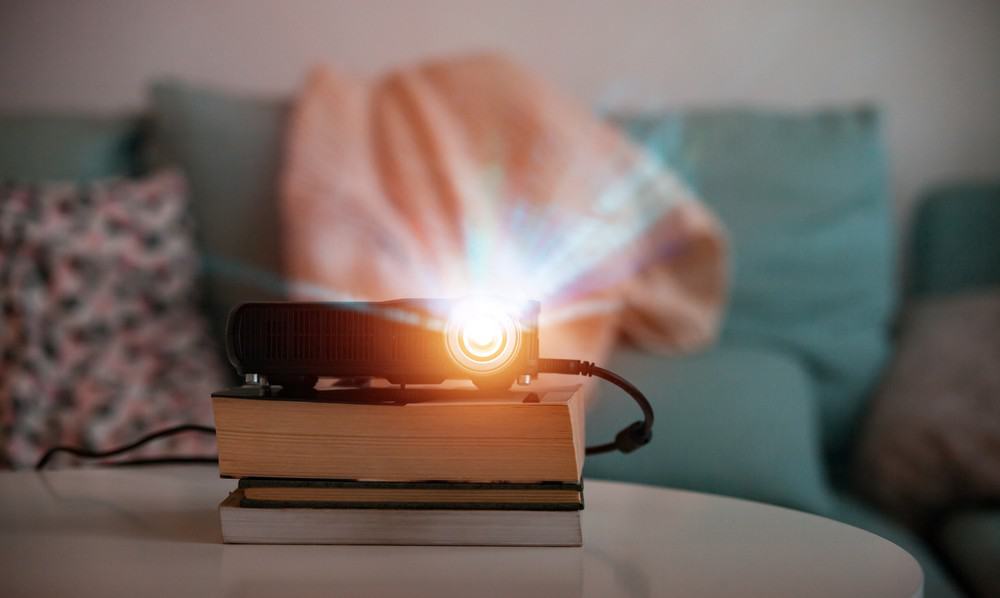
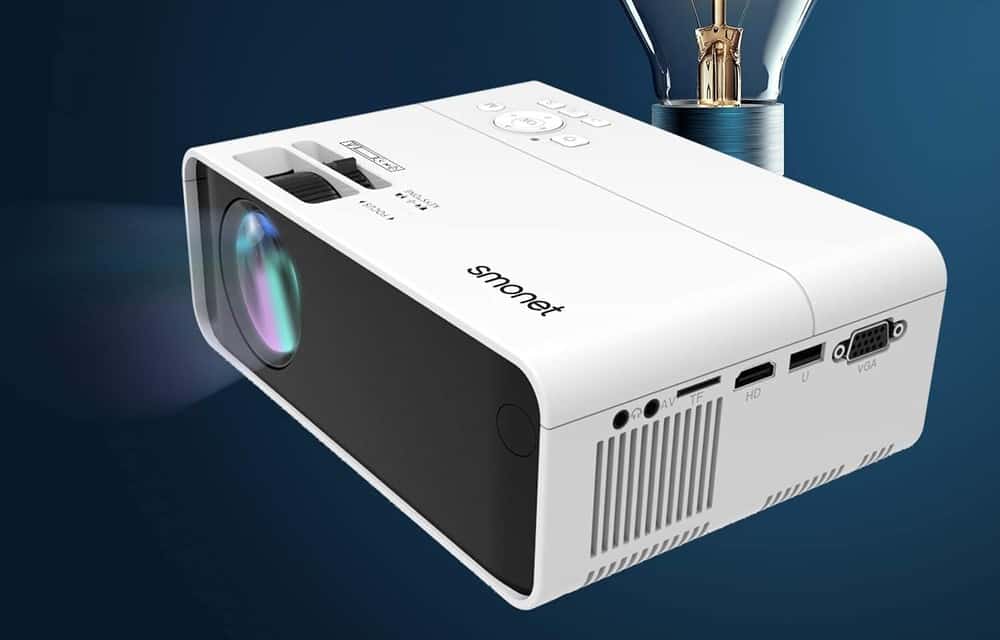
![Best Projectors for Daylight Viewing in [year] 27 Best Projectors for Daylight Viewing in 2026](https://www.gadgetreview.dev/wp-content/uploads/best-projector-for-daylight-viewing-image.jpg)
![Best Samsung Projectors in [year] 28 Best Samsung Projectors in 2026](https://www.gadgetreview.dev/wp-content/uploads/best-samsung-projectors-image.jpg)
![Best NEC Projectors in [year] 29 Best NEC Projectors in 2026](https://www.gadgetreview.dev/wp-content/uploads/best-nec-projectors-image.jpg)
![Best Acer Projectors in [year] 30 Best Acer Projectors in 2026](https://www.gadgetreview.dev/wp-content/uploads/best-acer-projectors-image.jpg)
![Best Quiet Projectors in [year] 31 Best Quiet Projectors in 2026](https://www.gadgetreview.dev/wp-content/uploads/best-quiet-projector-image.jpg)
![Best Projectors for Golf Simulator in [year] 32 Best Projectors for Golf Simulator in 2026](https://www.gadgetreview.dev/wp-content/uploads/best-projector-for-golf-simulator-image.jpg)
![Best Conference Room Projectors in [year] 33 Best Conference Room Projectors in 2026](https://www.gadgetreview.dev/wp-content/uploads/best-conference-room-projector-image.jpg)
![Best InFocus Projectors in [year] 34 Best InFocus Projectors in 2026](https://www.gadgetreview.dev/wp-content/uploads/best-infocus-projectors-image.jpg)
![Best Mini Projector in [year] ([month] Reviews) 35 Best Mini Projector in 2026 (January Reviews)](https://www.gadgetreview.dev/wp-content/uploads/best-mini-projector-image.jpg)
![Best Panasonic Projectors in [year] 36 Best Panasonic Projectors in 2026](https://www.gadgetreview.dev/wp-content/uploads/best-panasonic-projectors-image.jpg)
![Best Sony Projectors in [year] 37 Best Sony Projectors in 2026](https://www.gadgetreview.dev/wp-content/uploads/best-sony-projectors-image.jpg)
![Best Projector Stands in [year] 38 Best Projector Stands in 2026](https://www.gadgetreview.dev/wp-content/uploads/best-projector-stand-image.jpg)
![Best Ultra Short Throw Projectors in [year] 39 Best Ultra Short Throw Projectors in 2026](https://www.gadgetreview.dev/wp-content/uploads/best-ultra-short-throw-projector-image.jpg)
![Best Projectors for a Living Room in [year] 40 Best Projectors for a Living Room in 2026](https://www.gadgetreview.dev/wp-content/uploads/best-projector-for-living-room-image.jpg)
![Best RCA Projectors in [year] 41 Best RCA Projectors in 2026](https://www.gadgetreview.dev/wp-content/uploads/best-rca-projectors-image.jpg)
![Best Optoma Projectors in [year] 42 Best Optoma Projectors in 2026](https://www.gadgetreview.dev/wp-content/uploads/best-optoma-projectors-image.jpg)
![Best BenQ Projectors in [year] 43 Best BenQ Projectors in 2026](https://www.gadgetreview.dev/wp-content/uploads/best-benq-projectors-image.jpg)
![Best Projectors for Church in [year] 44 Best Projectors for Church in 2026](https://www.gadgetreview.dev/wp-content/uploads/best-projector-for-church-image.jpg)
![Best Projectors for Classroom in [year] 45 Best Projectors for Classroom in 2026](https://www.gadgetreview.dev/wp-content/uploads/best-projector-for-classroom-image.jpg)
![Best Epson Projectors in [year] 46 Best Epson Projectors in 2026](https://www.gadgetreview.dev/wp-content/uploads/best-epson-projector-image.jpg)
